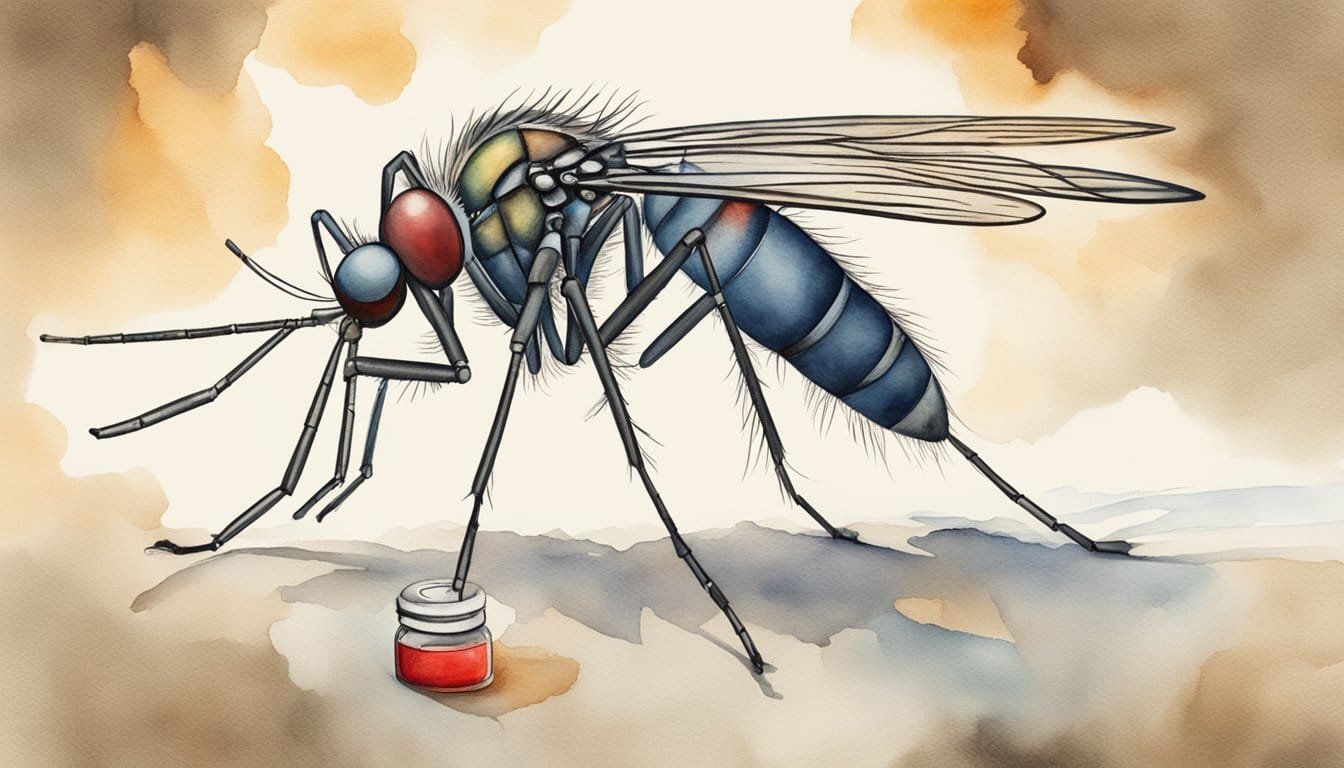Understanding HIV Transmission
When it comes to HIV transmission, it’s crucial to differentiate between established routes and enduring myths. This section elaborates on how HIV is transmitted and debunks common misconceptions.
Routes of HIV Transmission
HIV, a virus that attacks the immune system, is primarily transmitted through certain body fluids from a person with HIV. These fluids include blood, semen, rectal fluids, vaginal fluids, and breast milk. The virus must come into contact with a mucous membrane, damaged tissue, or be directly injected into the bloodstream for transmission to occur.
The most common routes of HIV transmission are through sexual activities such as unprotected vaginal or anal sex. The use of condoms is highly effective in preventing the transmission of HIV during sex. HIV can also be spread by sharing needles or syringes, which is particularly concerning among individuals who use these tools for drug injection.
Another significant route of transmission is from mother to child during pregnancy, childbirth, or breastfeeding. However, medical interventions, such as antiretroviral therapy, can drastically reduce the risk of mother-to-child transmission
Additionally, receiving a blood transfusion that contains HIV, though exceedingly rare in countries where the blood supply is rigorously tested, can be a mode of transmission. Healthcare workers may also be exposed through needlestick injuries.
HIV Transmission Myths
Persistent myths about HIV transmission can cause unnecessary fear and stigma. For instance, it’s commonly misunderstood that HIV can be spread by mosquitoes. However, HIV-infected subjects are not at risk of transmitting the virus through mosquito bites.
Normal daily activities such as sharing eating utensils, casual contact like hugging, or other forms of non-intimate contact do not constitute risks for the transmission of HIV. Saliva, sweat, tears, and urine are not considered bodily fluids through which HIV can be transmitted, provided they do not contain blood and there is no other route of entry into the bloodstream.
Oral sex presents a low risk, but it still can transmit HIV, especially if there are cuts or sores in the mouth. It’s essential for sexually active individuals to understand that while having an undetectable viral load greatly reduces the risk of transmission, it does not eliminate it. Hence, safe sexual practices and regular HIV testing remain crucial components of prevention.
Mosquitoes and Disease Transmission

Despite their tiny size, mosquitoes are major vectors for the spread of various diseases. Understanding the mechanics behind this transmission and debunking misconceptions are key to appreciating the real risks these insects pose.
The Science Behind Mosquito-Borne Diseases
When mosquitoes bite, they’re not just causing an itch; they can transmit diseases. The process is fairly specific; a mosquito becomes infected with a virus when it bites an infected animal or human. Once inside the mosquito, the virus will replicate in the insect’s tissues, including the salivary glands. During subsequent bites, the mosquito may inject the virus into a new host through its saliva, potentially leading to infection and diseases such as malaria, dengue fever, yellow fever, Zika, chikungunya, and various forms of encephalitis.
- Insects like mosquitoes can carry these pathogens efficiently due to their feeding habits and wide distribution.
- Mosquito-specific viruses can affect mosquitoes’ ability to acquire and maintain these pathogens.
- Other mosquito-borne diseases include lymphatic filariasis, Japanese encephalitis, La Crosse encephalitis, St. Louis encephalitis, Venezuela encephalitis, and the West Nile virus.
Common Misconceptions About Mosquitoes and HIV
A common myth is that mosquito bites can spread HIV. Scientific evidence suggests that HIV, the virus causing AIDS, cannot replicate within a mosquito’s body and is therefore not transmitted through mosquito bites. This confusion often stems from the mosquito’s role in blood-borne diseases, but HIV is actually spread through specific body fluids like blood, semen, and breast milk – which mosquitoes do not inject or transfer between hosts.
- Mosquitoes digest viruses like HIV that do not replicate within them, so these viruses don’t survive in the mosquito long enough to be transmitted to other people.
- The concept of transovarial transmission (from mosquito to offspring) does not apply to HIV, which is pivotal in understanding why mosquitoes cannot spread this particular virus.
Unpacking the science behind how mosquitoes transmit diseases and clarifying these misconceptions can lead to more effective prevention measures and reduce unwarranted fears.
Preventing HIV and Mosquito-Borne Diseases

When it comes to staying healthy, understanding disease prevention is key. For mosquito-borne illnesses like malaria and dengue, the strategy is pretty straightforward: stay away from the pesky biters. But for HIV, which is not transmitted by mosquitoes, safe sex practices and regular health checks are the name of the game.
For HIV:
- Condom Use: An absolute must during sexual activities to reduce the risk of HIV transmission.
- Antiretroviral Therapy (ART): Keeps the virus in check for those living with HIV and reduces their chance of transmitting the virus.
- Blood Transfusions: Ensure they are safe and screened to prevent HIV spread.
- Needle Exchange Programs: These can curtail the risk of HIV spread through shared needles.
Combating Mosquitoes:
- Repellent: An invisible shield against mosquito bites. Various formulations are available, with DEET being a popular component.
- Mosquito netting: These nets are like a fortress at night, especially if they are treated with insecticide.
- Remove stagnant water: A mosquito’s breeding paradise. Eliminate it where you can.
While mosquitoes can’t transmit HIV, they are the culprits behind malaria and dengue fever. So, slap on that repellent and set up that net to keep these diseases at bay. Mosquito-borne diseases can be a real threat to health, but with the right practices, one can keep mosquitoes from leaving their unwelcome mark.
For both HIV and mosquito-borne diseases, understanding is the first step to prevention. So, get informed, take action, and stay healthy!

